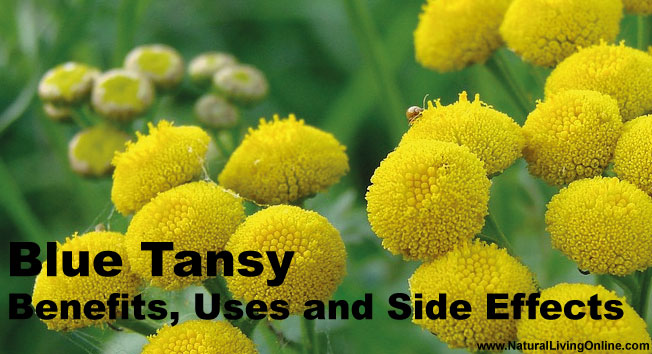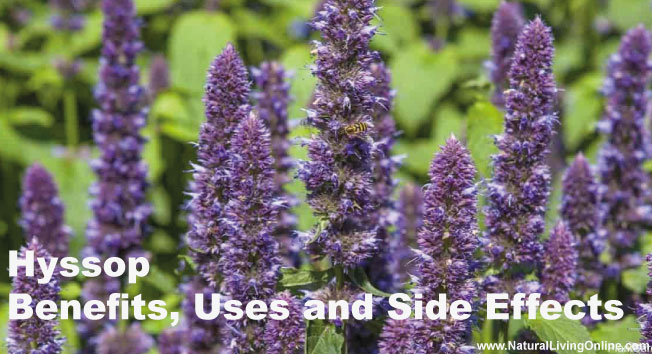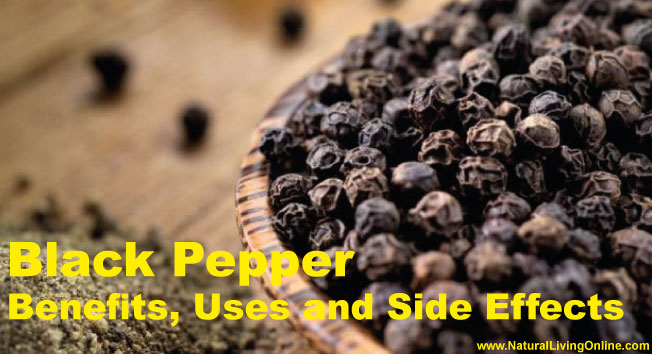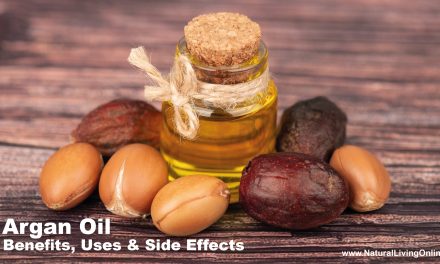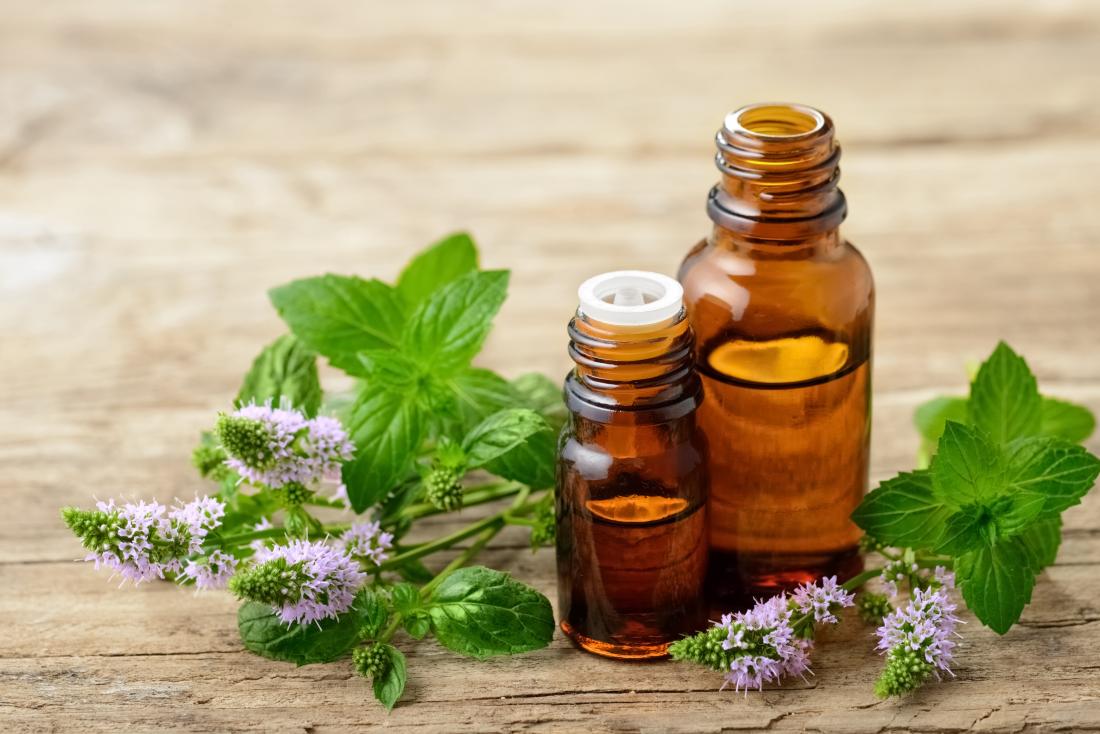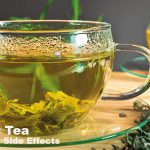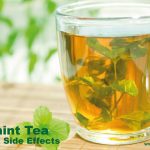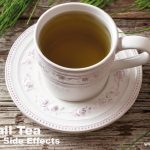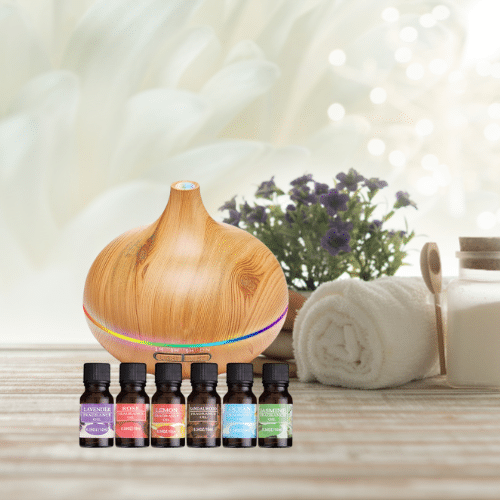Some people might be familiar with the plant called blue tansy. This plant is also sometimes known as Moroccan chamomile or Tanacetum annum. It is part of the Asteraceae family and is native to Morocco, although it can now be found growing in other parts of the world as well. The blue tansy oil that is derived from this plant is often used in aromatherapy. This essential oil contains azulene, which gives it its vivid blue color and also has a number of different therapeutic benefits. In fact, you can use blue tansy essential oil for many different ailments. It has antifungal properties and can be used to treat skin conditions like psoriasis, eczema and dermatitis. It can also help to ease pain in the joints when used topically. Blue tansy oil is a potent antibacterial that can be used to treat acne as well. In addition, some people claim that blue tansy essential oil can even help to improve mood and reduce stress levels.
What is Blue Tansy?
Blue tansy is scientifically known as Tanacetum annum, although it is also sometimes referred to as Moroccan chamomile. This plant is part of the Asteraceae family, which also includes other plants such as chamomile, marigold and daisy. The blue tansy plant is native to Morocco, although it can now be found growing in other parts of the world as well. The blue tansy plant can grow to be about three feet tall and has oblong-shaped leaves that are a bluish-green color. The plant also produces small yellow flowers that are similar to chamomile. The oil that is derived from this plant is known as blue tansy oil and contains azulene, which is what gives it its vivid blue color.
Different types of Blue Tansy:
There are several different types of blue tansy, each with their own unique properties and characteristics. The most common type is Tanacetum annum, which is native to Morocco and has been used for centuries in traditional healing practices. Another popular type of blue tansy is Tanacetum Vulgare, which is also known as common tansy. This variety is native to Europe and has been used medicinally for centuries as well. Other types of blue tansy include Tanacetum parthenium (also known as feverfew), which is used to treat headaches and migraines, and Tanacetum balsamita, which is commonly used as a seasoning herb.
There are several different types of blue tansy products, each of which has its own properties and uses. Some examples include:
-Blue tansy oil: This is the most commonly used type of blue tansy, as it contains the highest concentration of azulene and is therefore the most potent.
-Blue tansy absolute: This type of blue tansy has a slightly different composition than the oil, but it still contains azulene and therefore retains many of the same therapeutic benefits.
-Blue tansy extract: Blue tansy extract is less potent than the oil or absolute and is therefore not as commonly used.
How Blue Tansy essential oil is made?
Blue tansy essential oil is obtained through the process of steam distillation, in which the leaves and flowers of the blue tansy plant are placed in a still and steam is passed through them. This process extracts the oil from the plant material and produces a blue tansy essential oil that contains the active compounds and therapeutic benefits of the plant.
What is the botanical name of Blue Tansy?
The botanical name of blue tansy is Tanacetum annum. This plant belongs to the Asteraceae family, which includes other plants such as chamomile, marigold, and daisy.
What is the chemical composition of Blue Tansy essential oil?
The chemical composition of blue tansy essential oil varies depending on the type of plant material that is used and the method of extraction. However, the oil typically contains high levels of azulene, which is what gives it its characteristic blue color.
What are Blue Tansy essential oil benefits?
There are a number of different blue tansy essential oil benefits, as this oil is known to be effective in treating a variety of different conditions. For example, blue tansy essential oil is often used to treat skin conditions such as acne, eczema, and psoriasis. The oil is also commonly used to reduce inflammation, lower stress levels, and promote relaxation. Additionally, some people use blue tansy essential oil as a natural insect repellent.
What are ways to use Blue Tansy essential oil?
There are a number of different ways to use blue tansy essential oil, depending on the desired effect. For example, the oil can be used in diffusers or vaporizers to fill the air with its soothing aroma. Additionally, blue tansy essential oil can be diluted with a carrier oil and applied topically to the skin. Finally, the oil can be added to bathwater or used in massage therapy.
How can I use Blue Tansy essential oil internally?
Blue tansy essential oil should not be taken internally, as it can be toxic if ingested.
How can I use Blue Tansy essential oil topically?
Blue tansy essential oil can be applied topically to the skin by diluting it with a carrier oil, such as coconut oil or jojoba oil. Simply add several drops of blue tansy essential oil to the carrier oil, then apply it directly to affected areas of the skin.
Massage Oil:
2 drops of blue tansy essential oil
1 drop of lavender essential oil
1 drop of geranium essential oil
1 ounce of carrier oil
Simply add all ingredients to a dark glass bottle and shake well to blend. Apply a small amount of the oil to your skin and massage gently to enjoy the soothing and relaxing effects of blue tansy essential oil. This massage oil can be used to relieve tension and treat common skin conditions.
How can I use Blue Tansy essential oil in aromatherapy?
Blue tansy essential oil can be used in a diffuser or vaporizer to fill the air with its soothing aroma. Simply add a few drops of blue tansy essential oil to the diffuser or vaporizer, then turn it on to enjoy its benefits.
Great essential oil diffuser blends for aromatherapy with Blue Tansy essential oil:
1. “Relaxing Lavender and Blue Tansy Blend”: To create this relaxing aromatherapy blend, simply combine a few drops of lavender essential oil with a few drops of blue tansy essential oil.
2. “Calming Chamomile and Blue Tansy Blend”: This soothing blend combines the calming properties of chamomile essential oil with the anti-inflammatory effects of blue tansy essential oil to promote a feeling of calm and relaxation.
3. “Uplifting Eucalyptus and Blue Tansy Blend”: This invigorating blend is perfect for improving mood and promoting mental clarity, thanks to its combination of eucalyptus and blue tansy essential oils.
4. “Soothing Peppermint and Blue Tansy Blend”: This refreshing blend is perfect for alleviating stress and tension, thanks to its combination of cooling peppermint oil with calming blue tansy essential oil.
5. “Purifying Tea Tree and Blue Tansy Blend”: This cleansing blend uses the natural disinfectant properties of tea tree oil combined with the anti-inflammatory effects of blue tansy essential oil to create an ideal blend for purifying and detoxifying the skin.
6. “Invigorating Lemongrass and Blue Tansy Blend”: To promote alertness and awaken your senses, try this invigorating blend made from lemongrass essential oil combined with soothing blue tansy essential oil.
7. “Clearing Eucalyptus and Blue Tansy Blend”: This zesty blend combines the clearing effects of eucalyptus essential oil with the soothing properties of blue tansy essential oil to create an ideal blend for improving respiratory function while promoting relaxation.
How can I use Blue Tansy essential oil in bath?
To use Blue Tansy essential oil in the bath, simply add a few drops of the oil to your bathwater. For optimal results, add the oil to a warm bath and relax in it for at least 20 minutes.
How Blue Tansy essential oil has been used historically as an alternative medicine?
Blue tansy essential oil has a long history of use in alternative medicine, dating back to ancient times. The oil was used by the Egyptians to treat a variety of ailments, including skin conditions and wounds. It was also used by the Greeks and Romans for its medicinal properties. Blue tansy essential oil has been used historically in traditional Chinese and Ayurvedic medicine to treat a variety of conditions, including headache, inflammation, fever, and joint pain. In recent years, blue tansy essential oil has gained popularity as an alternative treatment for a variety of conditions, including skin disorders, respiratory problems, and anxiety. However, more scientific research is needed to determine the full range of benefits and side effects of blue tansy essential oil.
What blends well with Blue Tansy essential oil?
Lavender, chamomile, eucalyptus, peppermint, tea tree, lemongrass, and eucalyptus essential oils all blend well with blue tansy essential oil.
What does not blend well with Blue Tansy essential oil?
There are a few essential oils that do not blend well with blue tansy, including clove, rosemary, and cinnamon. When used together, these oils can cause skin irritation.
What are Blue Tansy essential oil side effects?
Blue tansy essential oil is generally safe for most people when used properly. However, there are a few potential side effects that you should be aware of. For example, the oil can cause skin irritation in some people. In addition, blue tansy essential oil should not be used by people with epilepsy, as it may trigger seizures. If you are pregnant or nursing, you should talk to your doctor before using blue tansy essential oil, as there is not enough scientific evidence to determine its safety for these populations. Always consult your doctor before using blue tansy essential oil or any other natural product.
What does Blue Tansy essential oil smell like?
Blue tansy essential oil has a sweet, herbaceous scent with notes of citrus.
Can I make Blue Tansy Essential Oil at home?
There are a number of ways that you can make Blue Tansy essential oil at home. One option is to infuse the oil using the carrier oil method. This involves placing a clean glass jar in direct sunlight for several hours. Then, add a few tablespoons of blue tansy flowers to the jar and cover them with carrier oil. Allow the mixture to sit for two weeks, then strain the oil and store it in a cool, dark place.
Another option is to distill the oil using a simple steam distillation process in which you heat water and pass the steam over the blue tansy flowers. This will extract the oil from the plant material and allow you to collect it in a separate container. You can then store the oil in a dark glass bottle in a cool, dark place.
What is the shelf life of Blue Tansy essential oil?
The shelf life of blue tansy essential oil will depend on a variety of factors, including storage conditions and the quality of the oil. In general, the oil can be stored for up to a year before it starts to lose its potency. To maximize shelf life, make sure to store blue tansy essential oil in a cool, dark place and keep it away from direct sunlight. Additionally, purchase quality blue tansy essential oil produced by a reputable company.
Is Blue Tansy Essential Oil safe for kids?
There is not enough scientific research to determine whether blue tansy essential oil is safe for kids. However, some preliminary studies suggest that it may be effective in treating certain conditions, such as anxiety and skin disorders. If you are considering using blue tansy essential oil for your child, it is important to talk to your doctor first.
Can Blue Tansy Essential Oil be used on pets?
There is not enough scientific research to determine whether blue tansy essential oil is safe for pets. However, some preliminary studies suggest that it may be effective in treating certain conditions, such as anxiety and skin disorders. If you are considering using blue tansy essential oil for your pet, it is important to talk to your veterinarian first.
DIY recipes using Blue Tansy essential oil:
Blue Tansy Essential Oil Diffuser Blend: Add 3 drops of blue tansy essential oil and 2 drops of lavender essential oil to your diffuser.
Blue Tansy Essential Oil Massage Blend: Add 3 drops of blue tansy essential oil and 2 drops of sweet almond oil to a dark glass bottle. Roll the bottle between your hands to blend the oils, then massage into your skin as desired.
Blue Tansy Essential Oil Bath Bomb Recipe: Combine 1 cup of baking soda, 1/2 cup citric acid, 1/2 cup cornstarch, 1 tablespoon blue tansy essential oil, and 1 teaspoon water in a bowl and mix well. Add the mixture to a mold of your choice and let it harden for 24 hours.
Blue Tansy Essential Oil Soap Recipe: Combine 1 cup of castile soap, 1/2 cup olive oil, 1/4 cup blue tansy essential oil, and 1 teaspoon of water in a bowl and mix well. Pour the mixture into a mold of your choice and let it harden for 24 hours.
Blue Tansy Essential Oil Sugar Scrub: Combine 1 cup of sugar, 1/2 cup olive oil, 1/4 cup blue tansy essential oil, and 1 teaspoon of water in a bowl and mix well. Store the scrub in a dark glass jar and use as desired to add moisture and nourishment to your skin.
Blue tansy essential oil is a natural remedy that has been used for centuries to treat a variety of different conditions, from skin disorders like acne, eczema, and psoriasis to inflammation, stress, and sleep issues. In addition to its therapeutic uses, this versatile oil can also be used in aromatherapy or topically applied to the skin. However, it should not be ingested and should always be diluted before use. If you’re looking for a natural way to improve your health and well-being, consider adding blue tansy essential oil to your repertoire.
This website does not provide medical advice.
All information provided on this website, and on associated social media networks, including but not limited to texts, images, and numbers are for general information purpose only. It is not intended as medical advice and it does not include all possible precautions, side effects, or interactions that may occur. Neither NaturalLivingOnline.com nor its author/founder take responsibility for how you use this information. Statements contained on NaturalLivingOnline.com have not been evaluated by the FDA. You should conduct thorough research via multiple sources and consult your physician or qualified doctor before using any essential oil or herbal remedy. Information on NaturalLivingOnline.com must not be relied upon for medical, legal, financial or other decisions.

